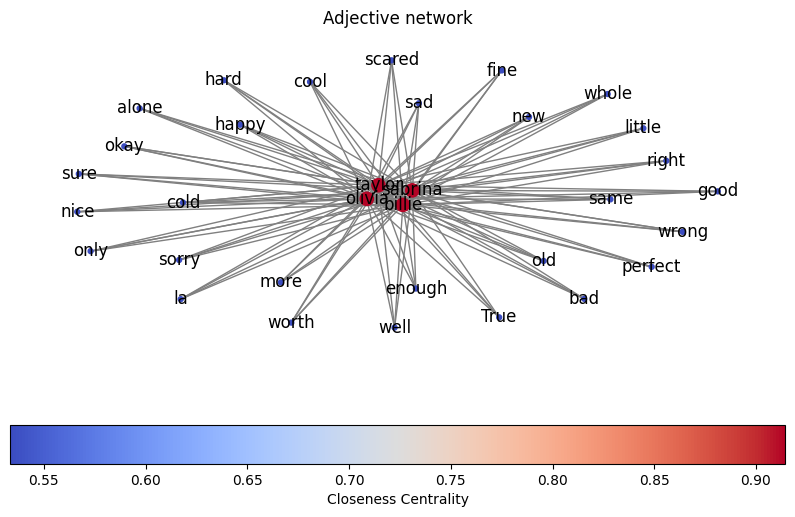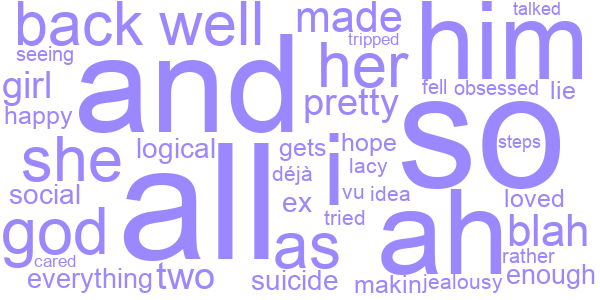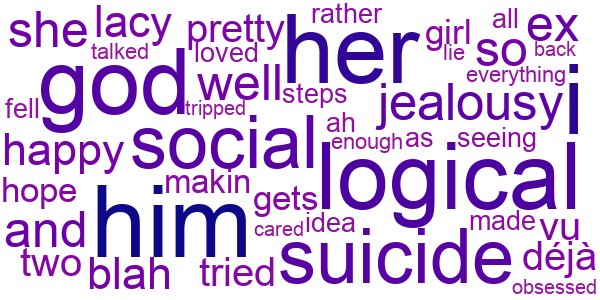Network Visualization Analysis
Noun Visualization
For our Noun Visualization, we took the top 30 nouns throughout all of Olivia's, Taylor's, Billie's, and Sabrina's song and created a Network Visualization based off the data. Each line connects to a word that is used by an artist. The thickness of line depends on how much the artist uses the word. The most used noun by these artist was "time" as it was used 191 times. Individually it was used by Billie "24" times, Olivia "25" times, Sabrina "86" times, and Taylor "51" times. When looking at the line connections, one can see the thickness variation according to their use by each artist. The use of nouns like "time," "night," "day," and "daylight" indicates a focus on time of day. The prominence of "love," "baby," "friend," and "boy" suggests a recurring theme of relationships and love in their music. Specifically for Olivia, she used the word "love" "59" times throughout her songs. This is interesting as she had the least amount of songs compared to Taylor, Sabrina, and Billie. Their "love" count was "99," "56," and "44" respectively. Olivia seems to put heavy emphasis on love throughout her songs.
Problems: If you look closely in the Network Visualization, some of the output is incorrect. Through using SpaCy and NLP(Natural Language Processing) we gathered the NOUN data, however, some of the NOUNs were not nouns. In our data visualization, it includes "da" and "-" which are not nouns.
Adjective Visualization
This Adjective Visualization showcases the consistent use of the top 30 adjectives across all artists. Heavily used adjectives include words like "bad," "good," and "well." These words specifically highlight the tendency of these artists to describe something as "bad," "good," or "well." Olivia uses the word "good" "27" times, while Billie, Sabrina, and Taylor use it "18," "35," and "19." This is a high count considering Olivia has 26 songs compared to Taylor: 46, Sabrina: 30, and Billie: 37.

Problems: We struggled to get this visualization to work with PyVis. The closeness centrality is also working incorrectly, however, we are looking to fix this by our project completion date. Moreover, we had the same problem as we did in our Noun Visualization. There was a tendency for SpaCy and NLP to pick up words like "la." As far as the accuracy of the Adjective Visualization, we cannot be certain. Some words like "okay" and "only" could have been picked up in a different context that was not using it as an adjective.


